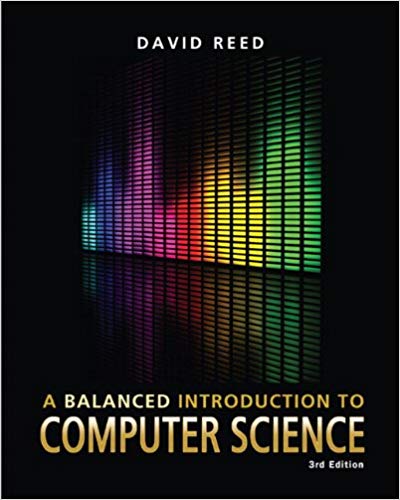1. TRUE or FALSE? An algorithm is a step-by-step sequence of instructions for carrying out some task....
Question:
2. TRUE or FALSE? A sequence of instructions for assembling a bookcase does not qualify as an "algorithm" since the instructions are not written in formal, mathematical notation.
3. TRUE or FALSE? For a precise, clearly-stated problem, there can be only one algorithm that solves that problem.
4. TRUE or FALSE? Big-Oh notation is used to measure the exact number of seconds required by a particular algorithm when executing on a particular computer.
5. TRUE or FALSE? Suppose you have been given a sorted list of 100 names and need to find a particular name in that list. Using sequential search, it is possible that you might have to look at every location in the list before finding the desired name.
6. TRUE or FALSE? Suppose you have been given a sorted list of 100 names and need to find a particular name in that list. Using binary search, it is possible that you might have to look at every location in the list before finding the desired name.
7. TRUE or FALSE? Binary search is an example of a
8. TRUE or FALSE? One advantage of assembly languages over machine languages is that they enable the programmer to use words to identify instructions instead of using binary number sequences.
9. TRUE or FALSE? JavaScript, C++, and Java are all examples of high-level programming languages.
10. TRUE or FALSE? When a Web page is loaded into a Web browser, JavaScript code in that page is executed by a JavaScript interpreter that is embedded in the browser.
Fantastic news! We've Found the answer you've been seeking!
Step by Step Answer:
Related Book For 

Question Posted:





